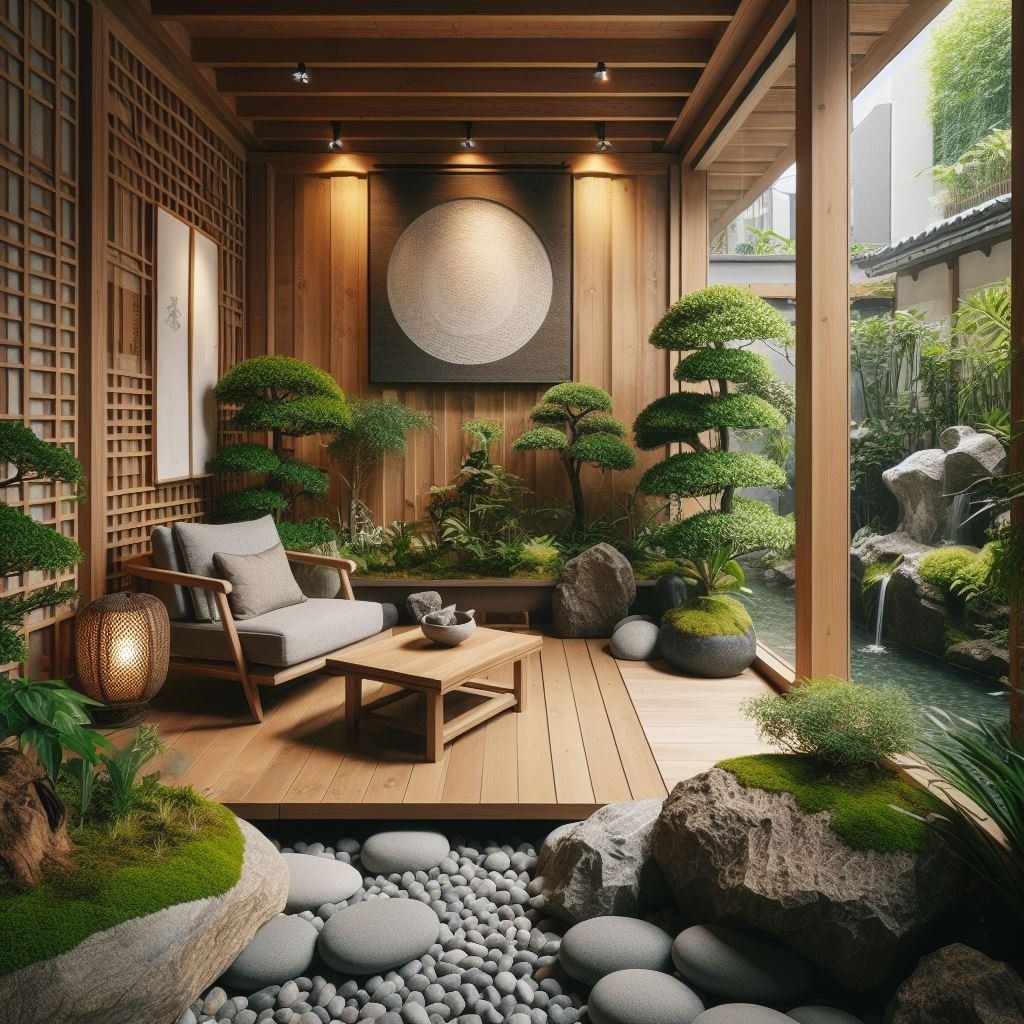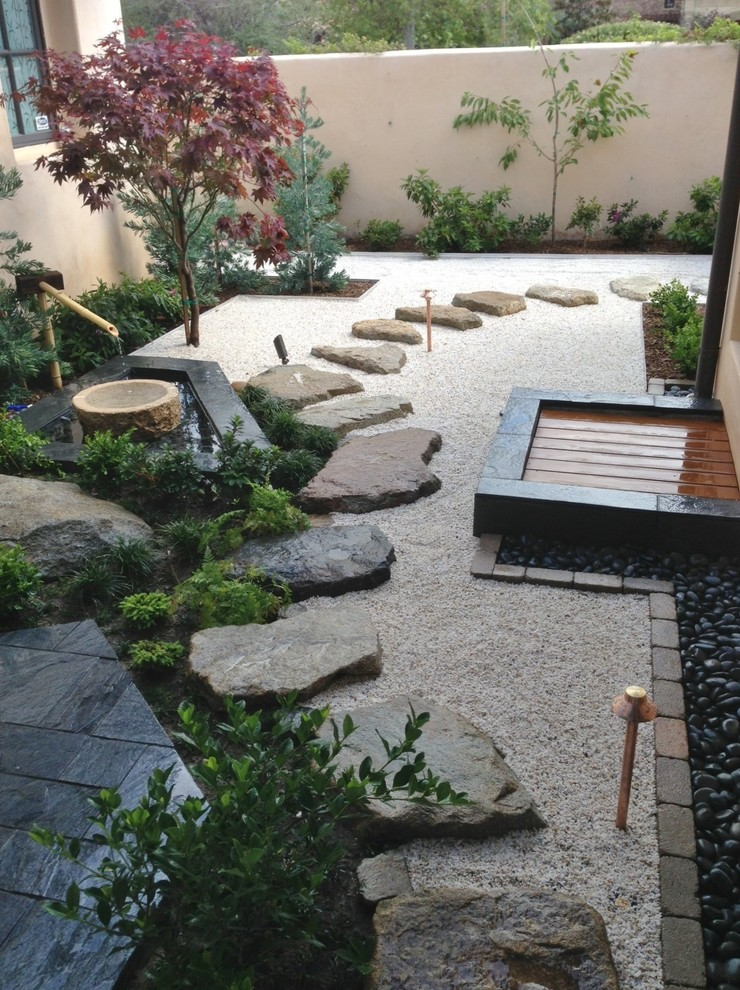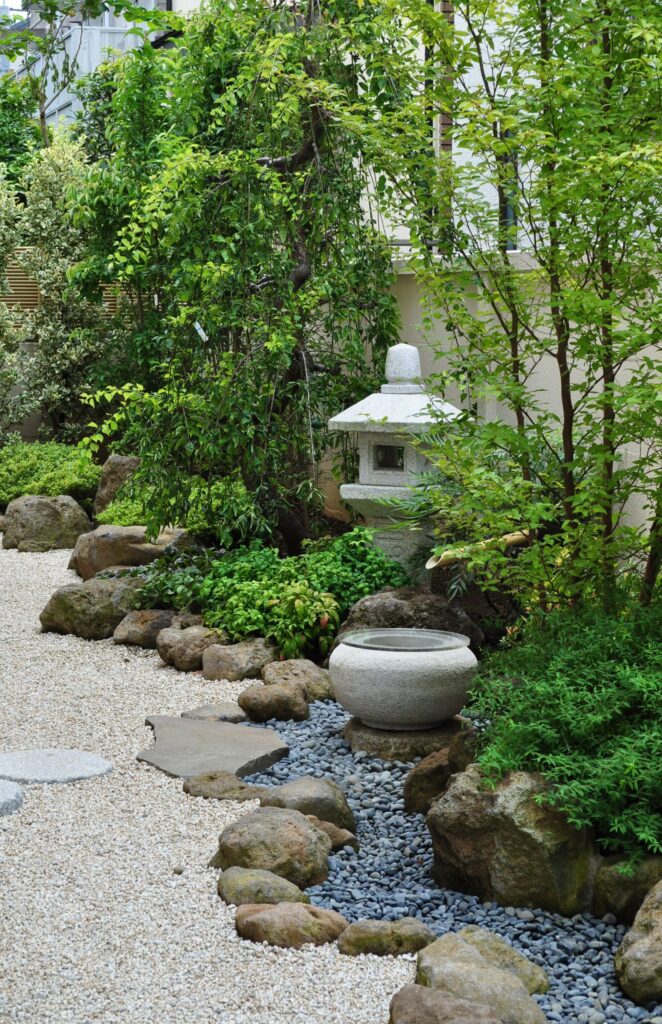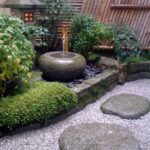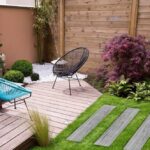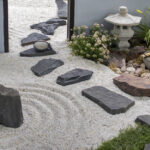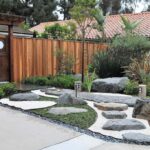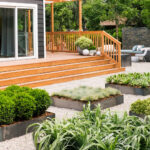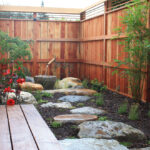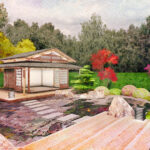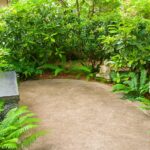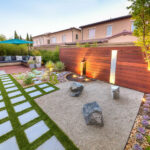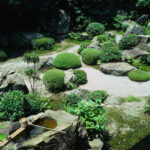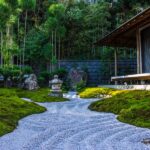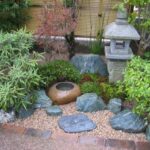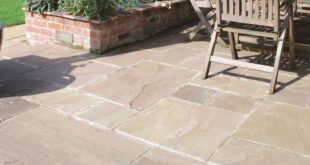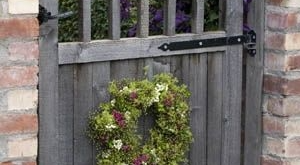Zen garden design is a traditional Japanese art form that has gained popularity around the world for its simplicity and tranquility. These peaceful and contemplative spaces are often found in temples, residential homes, and public parks, providing a peaceful oasis for meditation and relaxation.
One of the key elements of a zen garden design is the use of minimalism. These gardens are typically composed of carefully arranged rocks, gravel, sand, and a few simple plants. The design is focused on creating a sense of balance and harmony, with clean lines and open spaces that invite contemplation and reflection.
Rocks are a central feature in zen garden design, symbolizing mountains or islands in a sea of sand or gravel. These rocks are carefully selected and placed to create a sense of movement and flow, with larger rocks representing stability and grounding, and smaller rocks adding detail and texture to the overall composition.
Water is another important element in zen garden design, symbolizing purity and tranquility. In traditional zen gardens, water is represented by raked gravel or sand, with patterns that mimic the flow of water or ripples on a pond. Water features such as small ponds or streams are also common in zen garden design, adding a serene and meditative quality to the space.
Plants are also carefully chosen and placed in zen garden design, with an emphasis on simplicity and natural beauty. Common plants used in zen gardens include moss, bamboo, and bonsai trees, which are often pruned and shaped to create a sense of harmony and balance with the other elements in the garden.
Overall, zen garden design is a beautiful and timeless art form that encourages contemplation, mindfulness, and peace. By incorporating elements of minimalism, balance, and natural beauty, these gardens offer a quiet retreat from the hustle and bustle of daily life, allowing visitors to find solace and serenity in the midst of a busy world.
 yishifashion Where Outdoor Dreams Become Reality
yishifashion Where Outdoor Dreams Become Reality
